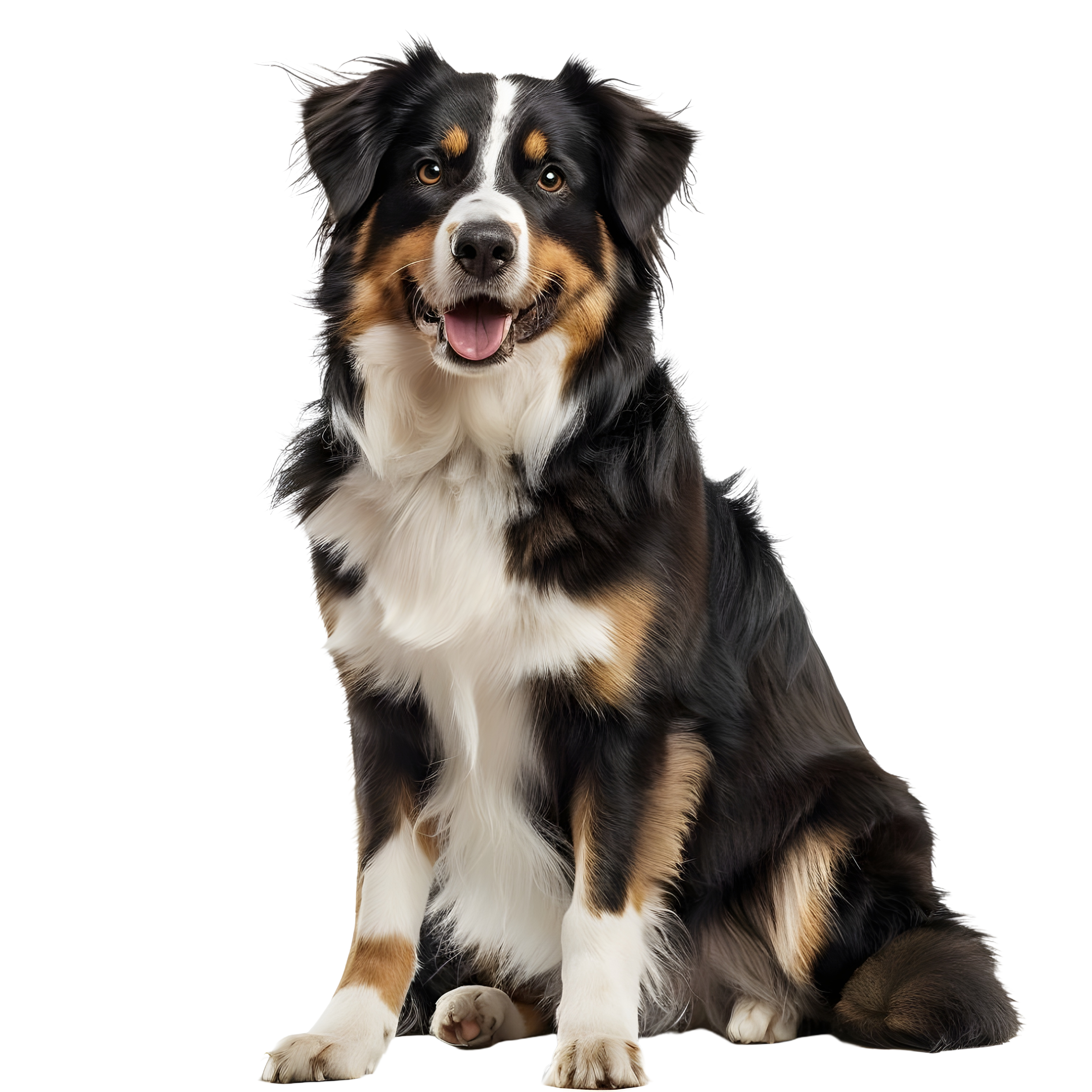Carrie Pallardy

One of the best parts of having a dog is stepping outside and stretching your legs together. You and your leashed pup can stroll through your neighborhood and hit the trails in parks and forest preserves. Before you start walking, you’ll need to teach your dog proper leash etiquette. Loose leash walking will make your outdoor excursions easier for you and safer for your dog.
The world outside of your home is full of exciting scents and places to explore. Naturally, your dog is going to want to run wild. How do you start your leash lessons?
Choose Your Commands

Your dog will need verbal cues from you to understand what you want. It is up to you want words you want to use. Many people choose to associate “heel” with the dog’s proper position on the leash: at your side with plenty of slack in the leash. You can also choose a command like “with me.”
Start Inside
When teaching your dog something new, it is best to start in an environment with as few distractions as possible. If you are working with a puppy, introduce them to the leash and harness or collar at home. Take some walks around the house or apartment to help the dog get used to the feeling of wearing their walking accessories.
Rely on Some Trusty Treats

Pick up some tasty training treats to help you reward your dog for positive leash behavior. Hold treats in your hand by your side as you walk with your dog. Allow your dog to walk in front of you and gently recall them. When they look at you and return to your side, offer a treat.
Keep your initial training sessions short, but regular. As your dog begins to respond to your chosen cue and treats, work toward taking your walks outside.
Don’t Pull Back
Many dogs will pull on the leash, particularly when you throw in the distractions inherent to outdoor walks. While the natural reaction may be to pull back when your dog runs or lunges ahead, resist this urge. Instead, stop walking. Remain still and use your cue. Wait until your dog stops pulling and returns to your side. Reward that positive behavior with a treat. Initially, your walks may involve a lot of stopping and starting. That is normal. Remain patient and consistent.
Watch for Problem Behaviors

Some dogs may exhibit problematic leash behavior. When off-leash, dogs are in control of how they greet and interact with one another. On a leash, some dogs will exhibit aggressive behavior because they cannot control how they interact with other dogs. A dog may feel anxious because it must approach another canine face-to-face with no option to leave because of the leash.
Not all dogs develop leash aggression, but it is an important consideration when you take your dog for walks. To help prevent leash aggression, carefully monitor your environment on walks and reward your dog each time they have a positive interaction with another on-leash dog.
Sources:

